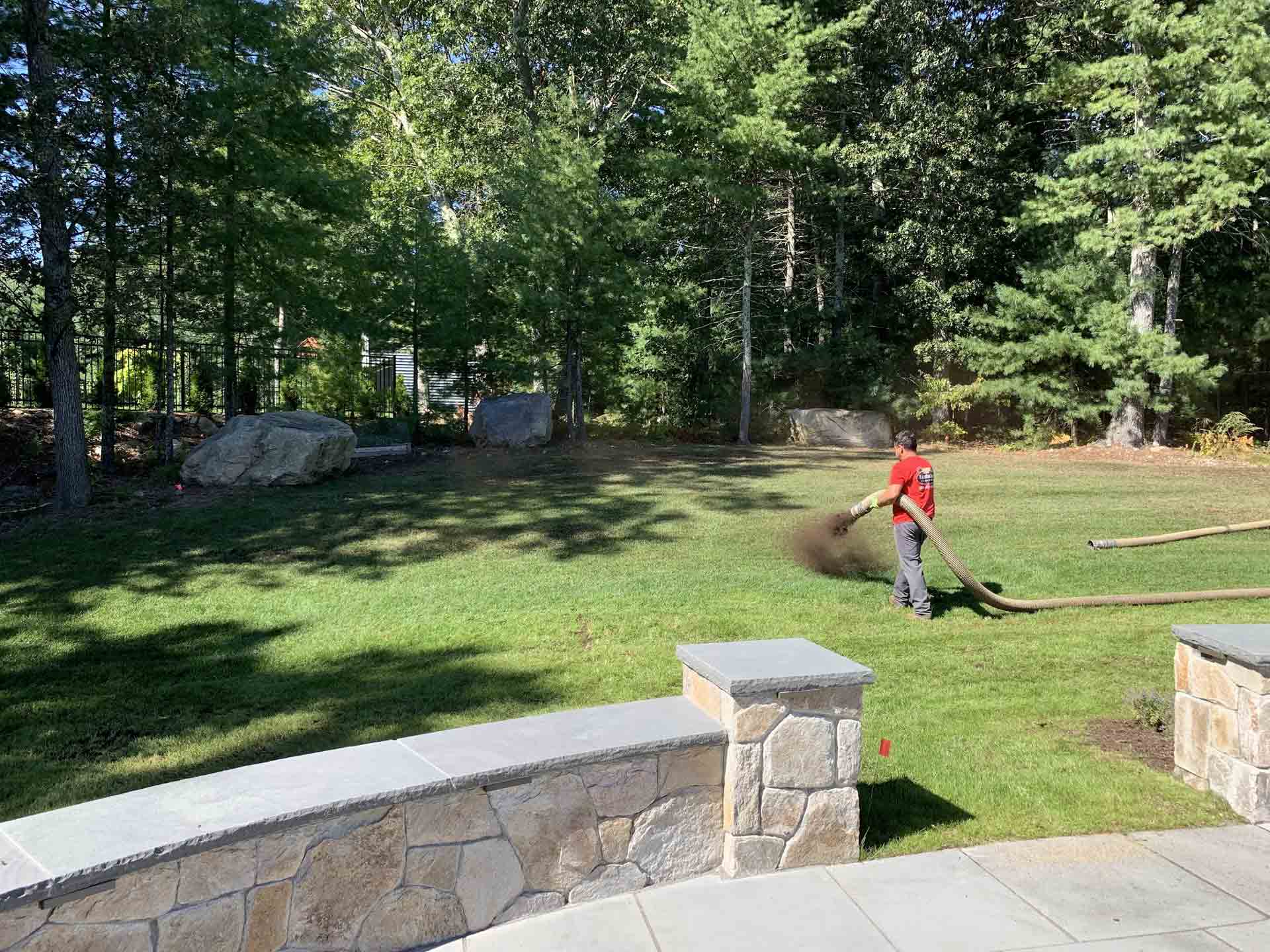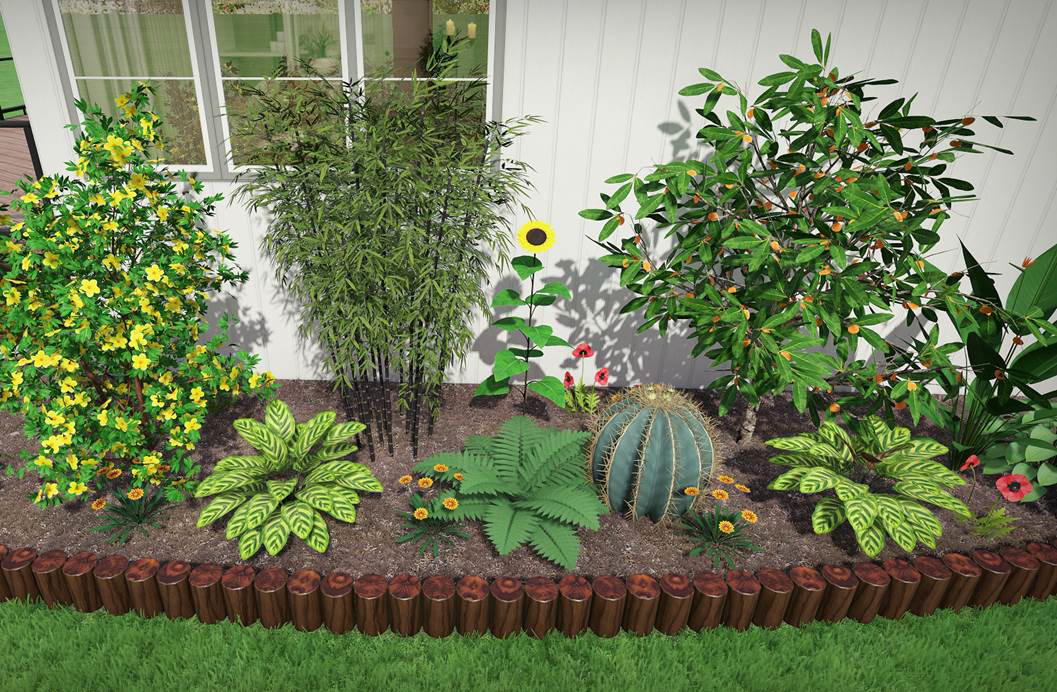8 Easy Facts About Landscapers Explained
8 Easy Facts About Landscapers Explained
Blog Article
Facts About Landscapers Uncovered
Table of ContentsThe 6-Second Trick For LandscapersThe Best Guide To LandscapersUnknown Facts About LandscapersThe smart Trick of Landscapers That Nobody is DiscussingLandscapers Can Be Fun For Anyone
- A tree or bush (shrub) that loses its leaves in winter season. In the PNW there are semi-deciduous or semi-evergreen plants that may lose their leaves relying on how cold the winter is. Abelia and some hebe are examples. Landscapers. - A level celebration area, constructed from wood or composite product (made to appear like timber), typically nearby or affixed to a framework.

This is a natural procedure, and the outcome can be made use of for courses and patios. - Key landscape functions being suggested in a landscape style strategy.
The Basic Principles Of Landscapers
These objectives direct the design procedure, not the designer's design or choices. Typical design purposes in Portland are reduced maintenance, drought forgiving, and animal pleasant.
Over time this layer can get very thick and make it tough for water, sun, and nutrients to obtain to portions of the lawn.- The process of collecting and regulating the flow of water on a home. This can be finished with grading, French drains, completely dry wells, permeable surface areas, sump pump, rain yards, and much more.
Characteristic at the base of hillsides, with natural springtimes, or loaded with hefty clay have one of the most drainage issues.- A slow-moving feeding irrigation system that uses flexible tubes and emitters to send out an accurate quantity of water to each plant. This is one of the most reliable approach of irrigating plants. - The capacity of a plant to make it through without much summer season water.
- A garden function where water is stood for by an aggregate stone product, usually a gravel or granite. These are most generally found in contemporary and Japanese yard layout.- A stone or flagstone patio area, course, or walkway developed without a concrete base. The base would certainly be compressed crushed rock and the joints would be an accumulation or walkable ground cover.
How Landscapers can Save You Time, Stress, and Money.
- A stone preserving or complimentary standing wall built without using mortar. A very knowledgeable mason is needed for a dry pile stone wall surface. Many walls in Portland are not completely dry stacked, also if they appear to be. - A below ground structure that accumulate water and allows it to reduce percolate into the dirt around it.
Landscape layout that is compatible with a sites' setting in both appearance and sustainability without unfavorable impacts to the atmosphere. Interrupting the landscape is a line of demarcation that develops aesthetic interest in the yard by separating one section from one more section. This can be aesthetic or functional, keeping one component (such as pea gravel) from getting combined into one more (like bark dirt).
Locations can also sense of "room" given by trees, other growings, fencings, or displays. The landscape near the entry to a building. A tree, shrub or vine, trained to grow on a wall surface or fencing right into a particular pattern. Particularly valuable for fruit trees, making it very easy to collect the fruit and having mess.
A plant that is not native to the area where it will be planted. Thicker bladed turf yard that spread try here out by means of rhizomes.: The degree of soil on your home before bark dirt or garden compost is spread.
The Buzz on Landscapers

The function, that site factor, or activity that an area is be landscaped for. Room for growing plants for seeing, consuming, or physical task.
Reduced plants that are enabled or motivated to spread out over a location. Can refer to any published here type of "difficult" garden aspects including statuary or stones but a lot of commonly is used to refer to paths, patios, and walls.: Height distinction between the degree of water in a fish pond (or the degree of the pump if it rests outside the fish pond) and the top electrical outlet of water which affects performance of the water pump in gph (gallons per hour).

The 15-Second Trick For Landscapers
Conventional PNW landscapes are casual. A plant that spreads out more than wanted, or right into habitats where it does damage.
Smart irrigation controller testimonials and recommendations right here. 2-D making of the recommended irrigation system. Can consist of head placements and protection, pipeline sizing, GPM specifications, and products needed to install this system. An irrigation plan is generally unnecessary for homes yet is common for commercial jobs. Certified specialist that develops landscapes, schooled in engineering and style in addition to in horticulture.
Landscape designers typically have much less education than Landscape Architects and are not certified. A completed landscape style, outlining all aspects for the new landscape.
Calcium product made use of to increase the pH in soil, which will certainly make it much less welcoming to moss. A water limited HDPE product used underneath fish ponds, streams and waterfalls in water functions. Utilizing numerous plantings of the very same variety to complete a location in the landscape. This can reduce maintenance and water usage in the garden.
Report this page